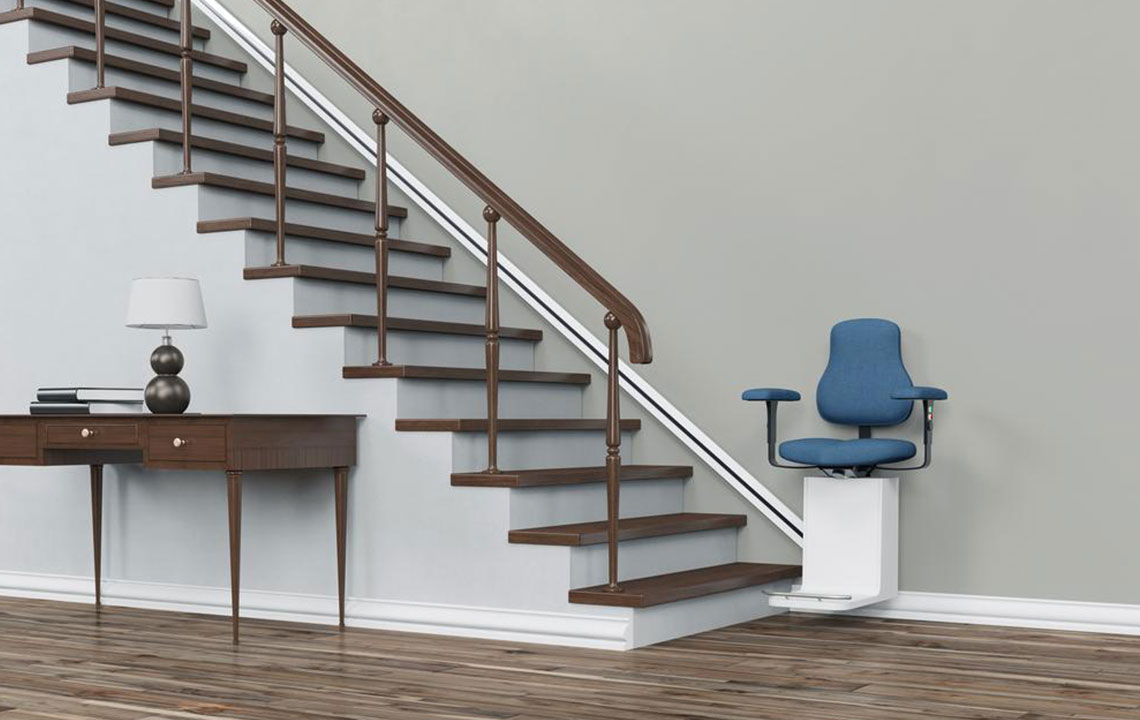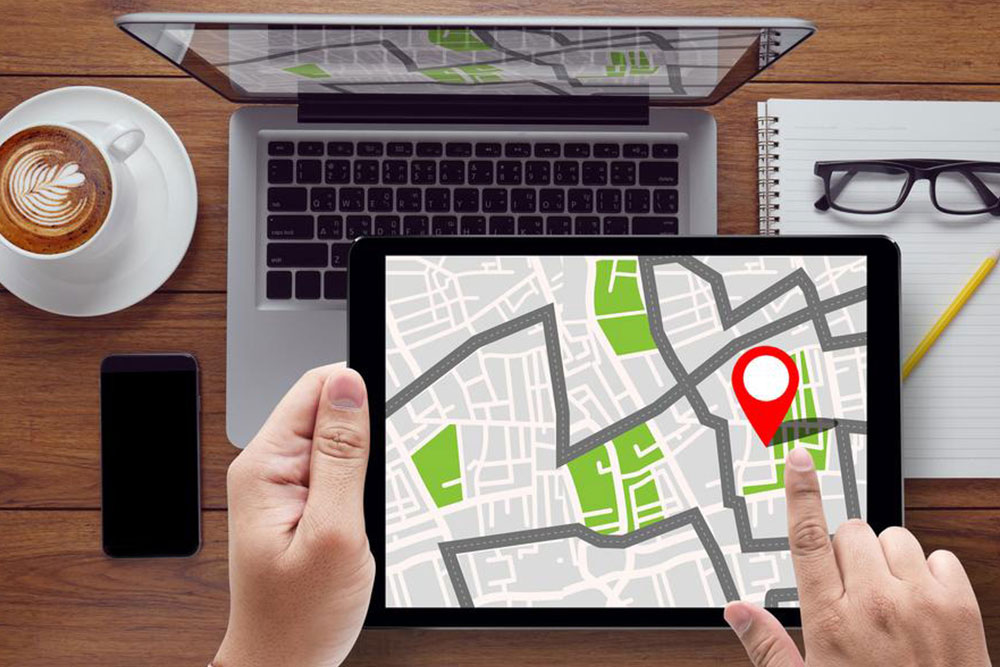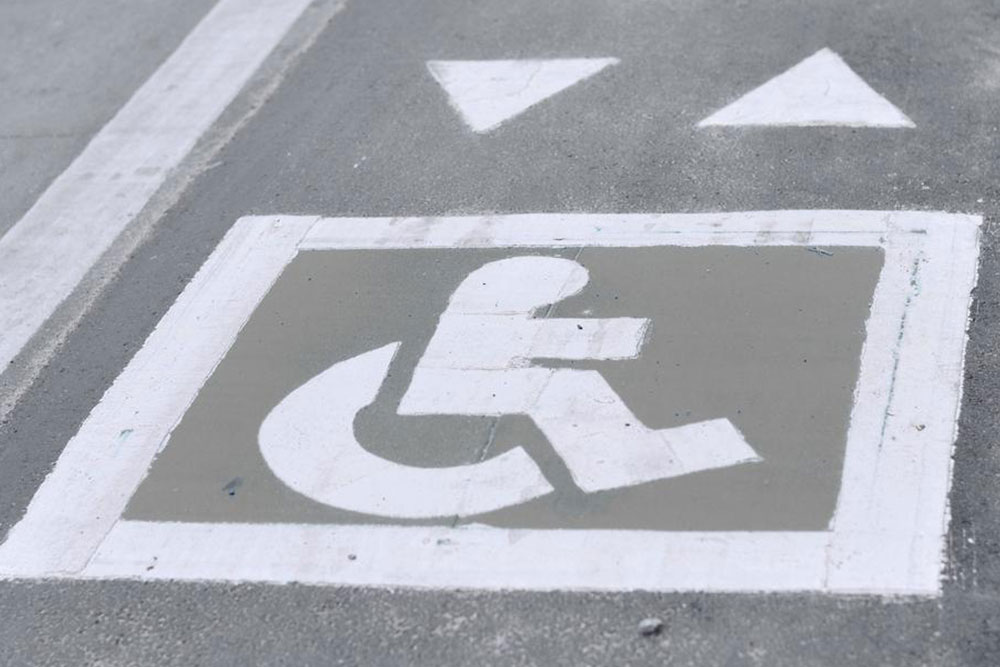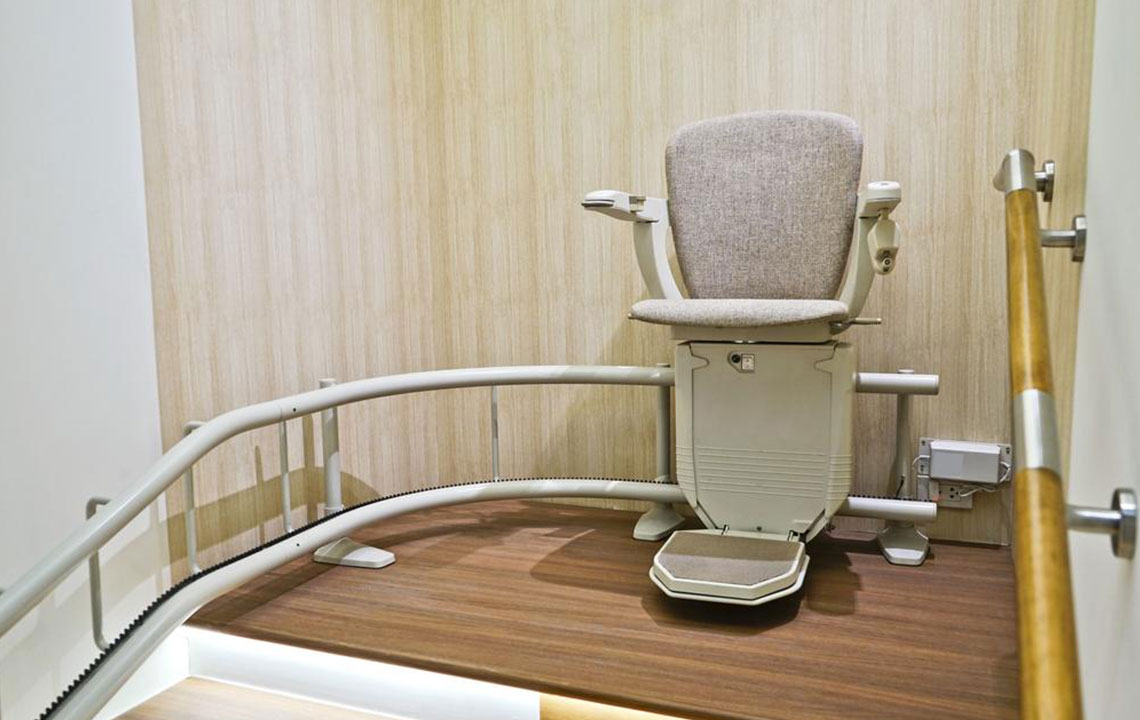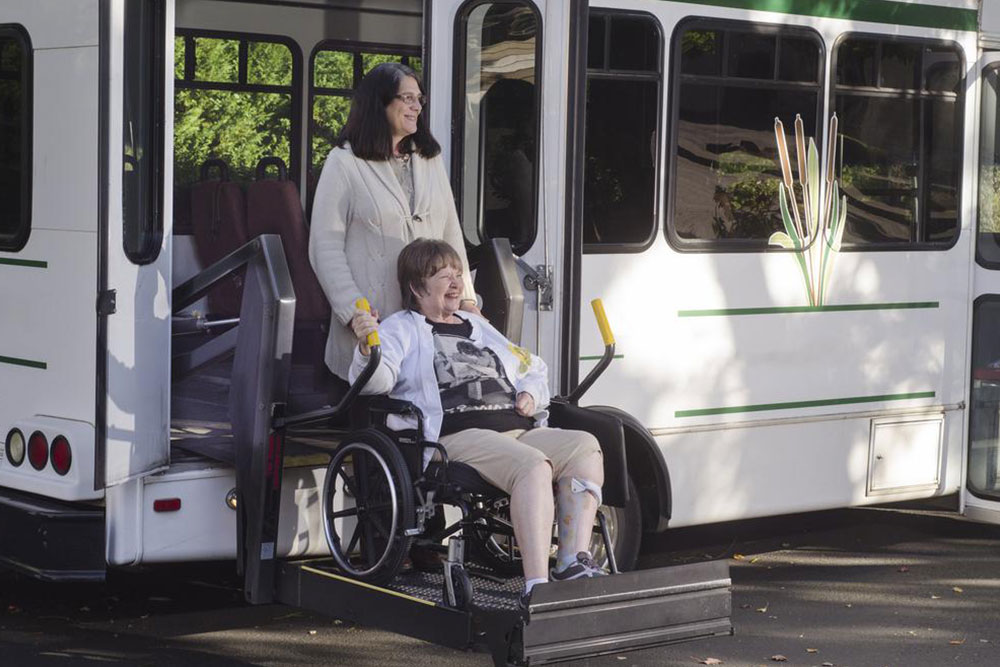Complete Guide to Types of Stair Elevators for Enhanced Accessibility
This comprehensive guide explores the different types of stair elevators, including straight, curved, standing, and platform lifts. It provides insights into their features, benefits, installation considerations, and customization options to help individuals choose the best mobility solution for their staircase type and specific needs. Elevate safety and independence with the right stair lift tailored to your home or building setup.
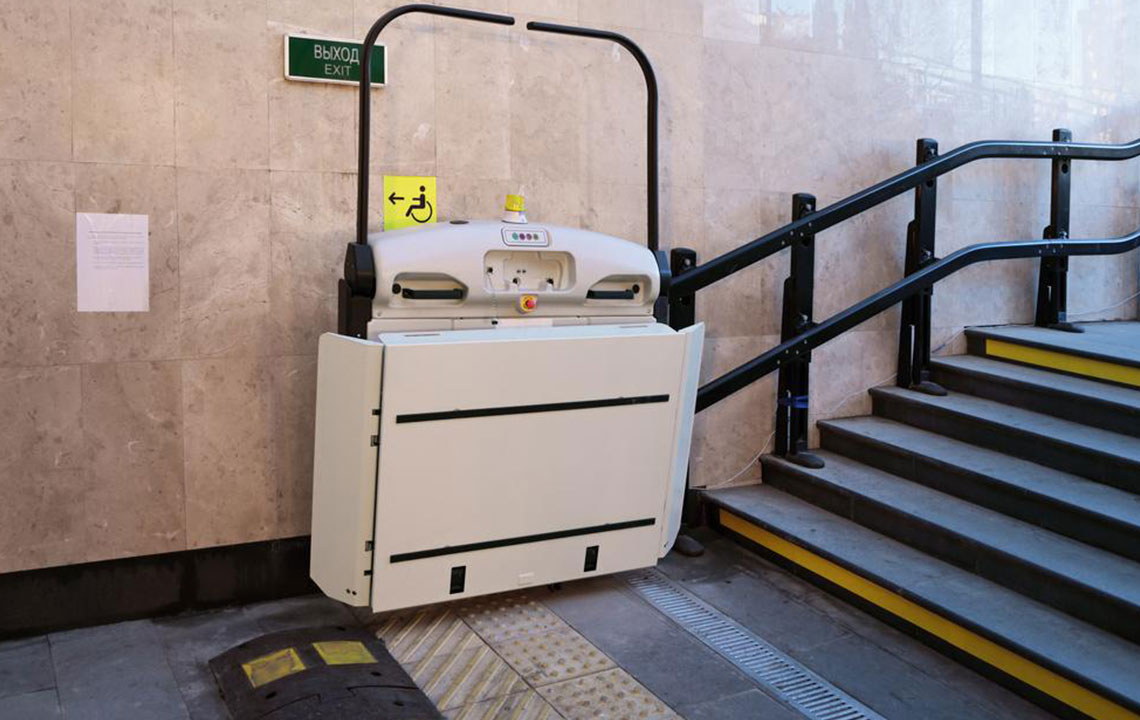
Exploring Various Types of Stair Elevators to Improve Mobility
Stair elevators, widely known as chair lifts, are innovative and motorized solutions designed to assist individuals with mobility challenges in safely navigating stairs. These devices have become essential in many homes and public buildings, offering independence and safety for people with varying mobility needs. Typically, stair lifts consist of a comfortable seat, armrests, and a footrest, with some models incorporating safety belts to secure the user during transit. The diversity of stair lift types caters to different staircase designs and user preferences, ensuring a tailored mobility solution for every individual.
Stair Lift Options for Straight Stairs
For homes or buildings with straight, linear staircases, a straightforward stair lift system is usually the best choice. These lifts are mounted directly onto a fixed rail that runs parallel to the staircase, extending from the bottom floor to the top. Installing a straight stair lift is typically quicker and more affordable than other variants because the design is simpler and does not require custom modifications. Users who mainly need assistance on single, straight staircases and do not frequently carry heavy items find these lifts especially convenient. They provide a seamless, comfortable ride, restoring confidence for those with mobility impairments and allowing them to move freely between floors without assistance.
Customized Solutions for Curved and Winding Stairs
Many homes and buildings feature curved, winding, or bent staircases, which require specialized stair lift systems. These are equipped with custom-designed curved rails that follow the exact contours of the staircase, ensuring safety and smooth operation throughout the journey. Manufacturing these custom rails requires precise measurements and engineering, but the results offer a highly tailored mobility solution that can connect multiple levels seamlessly. In some cases, a single curved chair can traverse an entire staircase with multiple bends and landings, avoiding the need for multiple seats or transfers. This type of lift is ideal for homes with intricate staircase designs, providing both comfort and accessibility.
Standing Stair Lifts for Specialized Needs
Standing stair lifts present an innovative alternative for users who find traditional seated lifts uncomfortable or unsuitable. These lifts are designed to be used while standing, with a support pole or handrails for balance. They are particularly beneficial for individuals experiencing joint pain, arthritis, or limited mobility that makes sitting difficult. Standing lifts are especially suitable for narrow staircases where space is constrained, as they tend to be more compact than seated models. Proper headroom clearance is essential for the installation of standing lifts, but once set up, they offer a practical mobility aid for specific user needs, giving individuals a greater sense of independence and safety while navigating stairs.
Platform Lifts for Wheelchair Users
For users who rely on wheelchairs or scooters, platform lifts are an optimal choice. These large, spacious lifts are designed with a flat platform that accommodates mobility devices, allowing users to ascend or descend stairs without leaving their equipment. Installing a platform lift can dramatically improve accessibility for wheelchair users, enabling them to move freely across different floors without requiring transfers to a chair or other device. These lifts are built for durability and safety, often equipped with safety barriers, locking mechanisms, and easy controls. Due to their size, they are ideal for homes, public buildings, and commercial spaces aiming to meet accessibility standards and provide inclusive environments.
Additional Features and Customizations
Modern stair lifts come with various optional enhancements to improve usability, safety, and convenience. For instance, foldable or hinge-assisted stair lifts are popular choices for homes where space is limited or where staircases are obstructed by doors or furniture. Many models feature powered mechanisms that automatically fold the seat or armrests, facilitating unobstructed passage when the lift is not in use. Some stair lifts even come with remote controls, enabling users or caregivers to operate the lift from a distance. Professional installation is strongly recommended to ensure that the chosen lift type is perfectly suited to the staircase configuration and user requirements, maximizing safety and functionality.
Choosing the Right Stair Elevator: Considerations and Expert Advice
Selecting the appropriate type of stair lift involves assessing various factors, including staircase layout, user mobility, safety considerations, and budget. Consulting with mobility experts or professional installers can help determine the best solution tailored to individual needs. Proper measurement and assessment ensure that the lift operates smoothly and safely, reducing potential hazards. Additionally, regular maintenance and safety inspections are vital to keep the lift in optimal condition and extend its lifespan. Overall, investing in the right stair elevator can dramatically enhance quality of life, providing greater independence and ensuring safety for those with mobility challenges.
